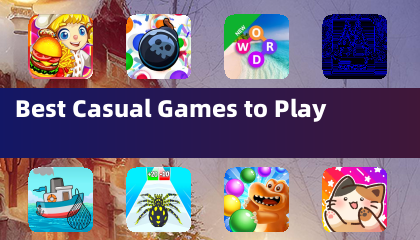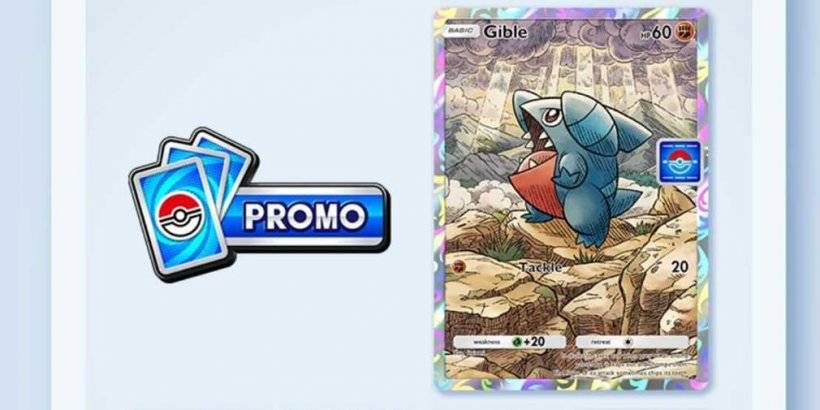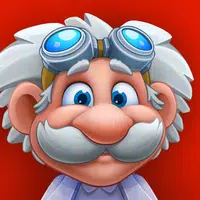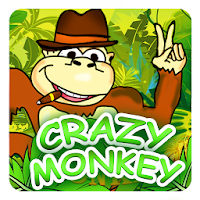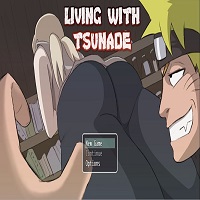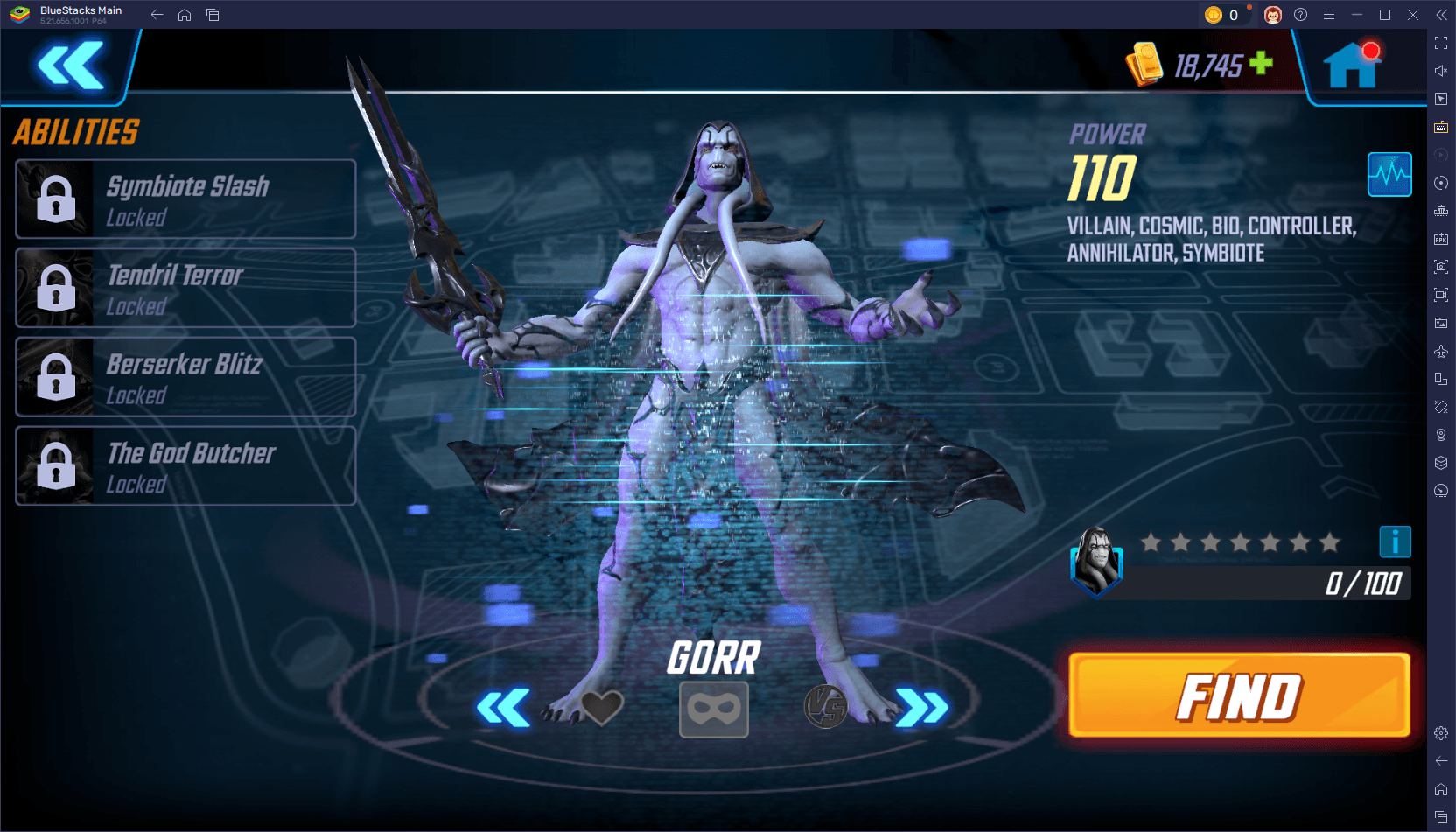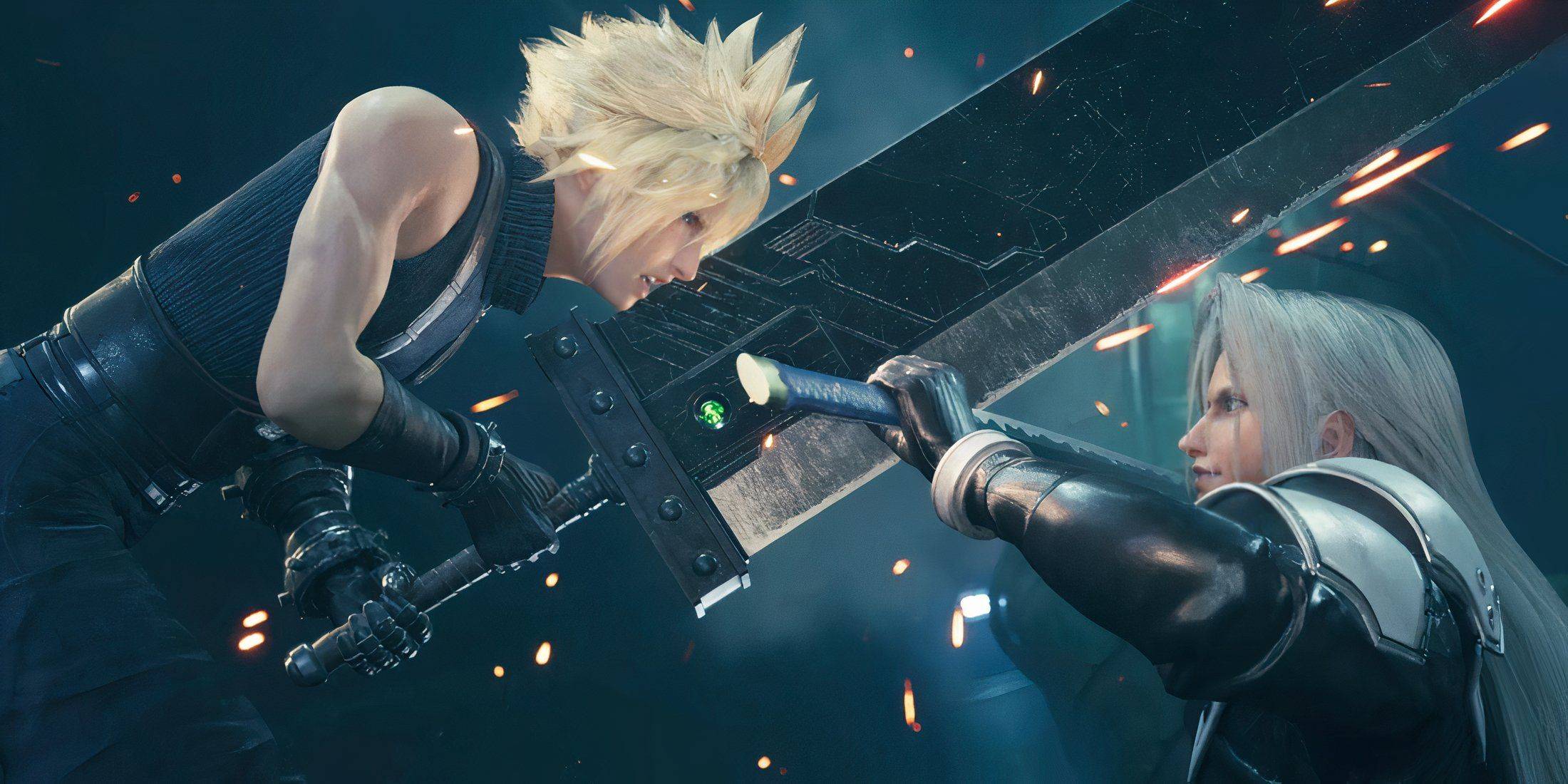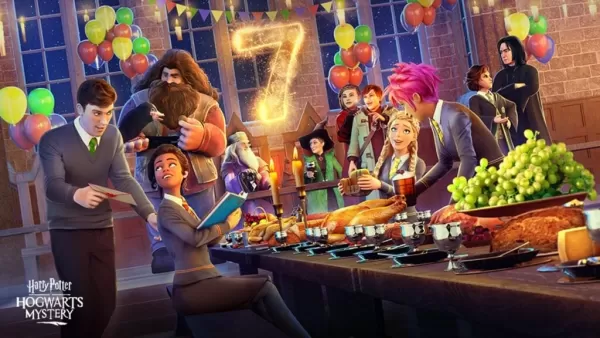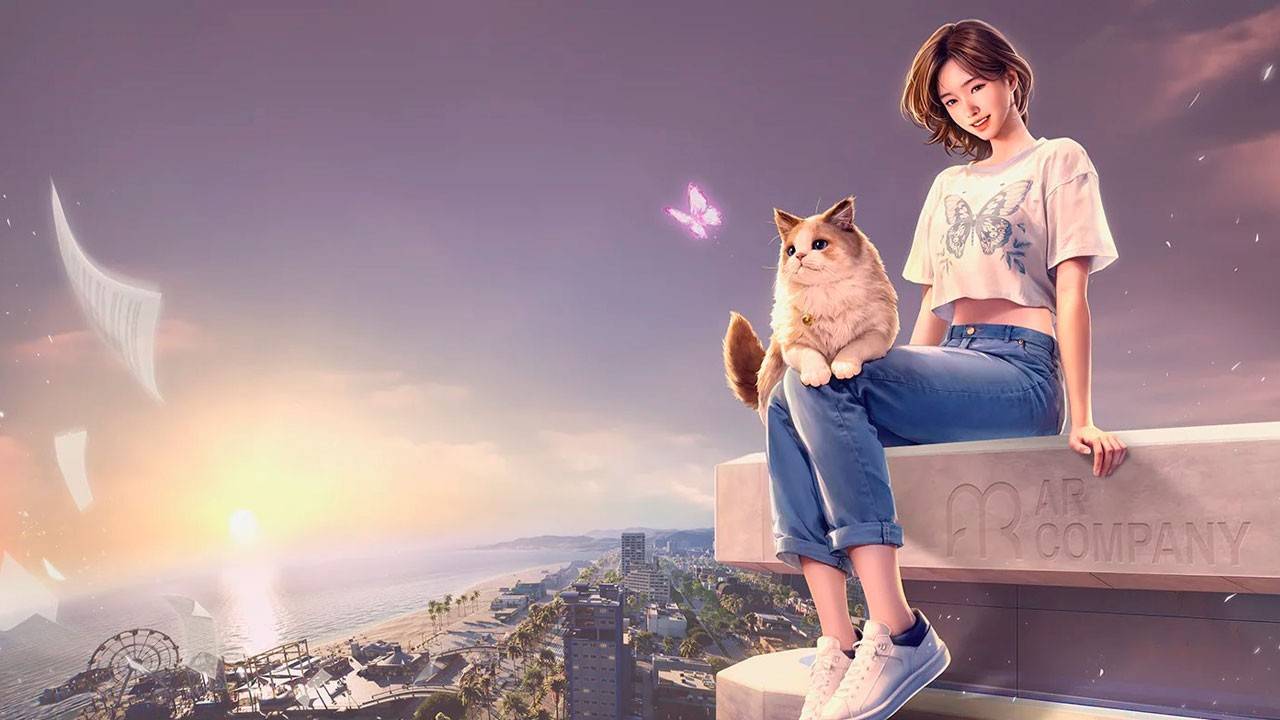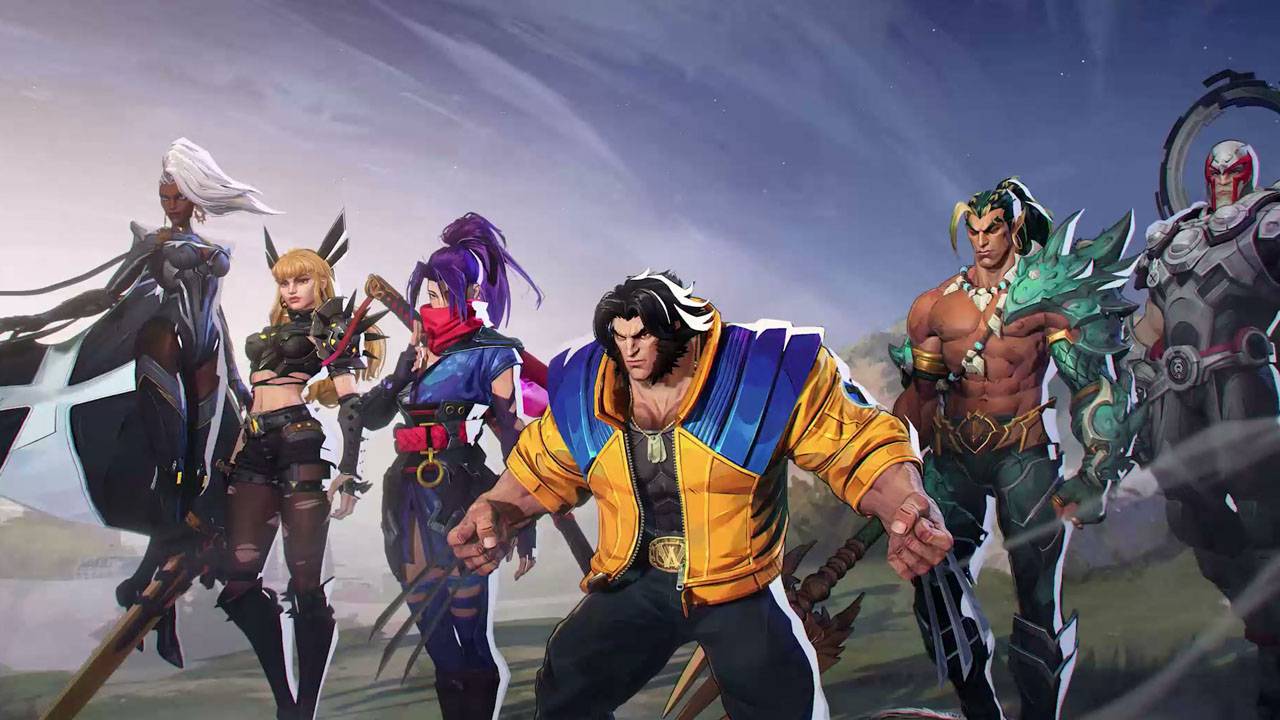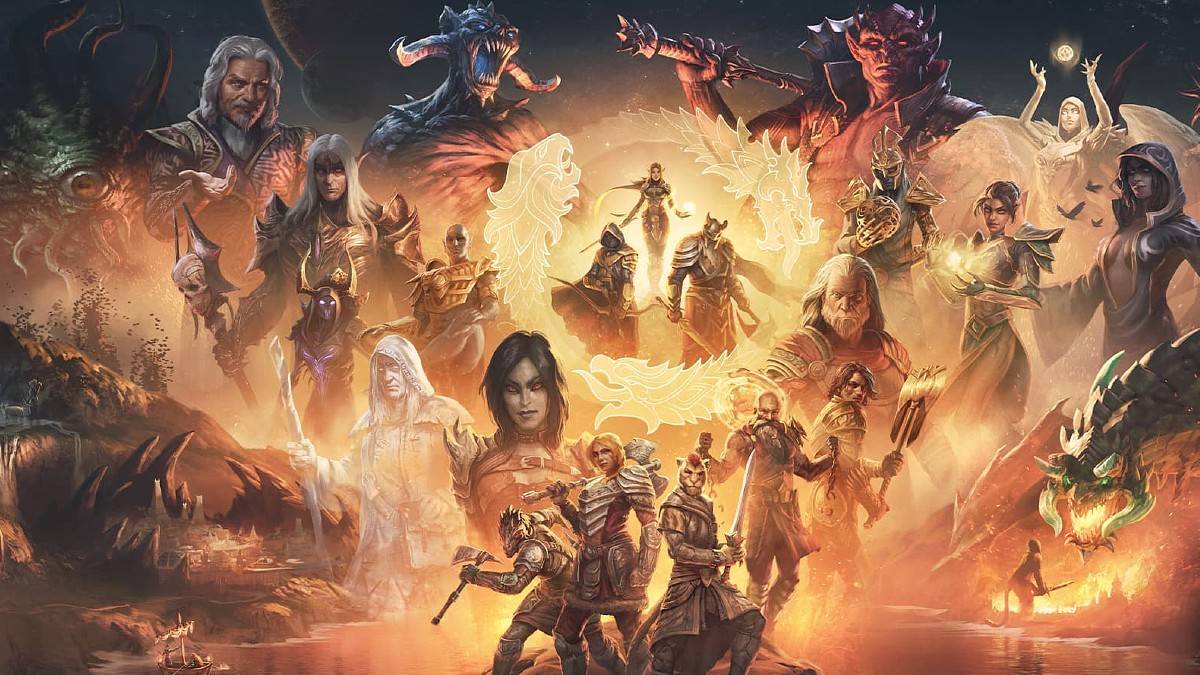Minecraft: From Humble Beginnings to Global Phenomenon
Minecraft's journey to becoming a globally recognized video game is a compelling story of innovation and community growth. This article details the evolution of Minecraft, from its initial conception to its current status as a cultural icon.
Table of Contents
- Initial Concept and First Release
- Building a Dedicated Player Base
- Official Launch and International Success
- Minecraft Versions Across Platforms
Initial Concept and First Release
 Image: apkpure.cfd
Image: apkpure.cfd
Created by Markus Persson ("Notch") in Sweden, Minecraft drew inspiration from titles like Dwarf Fortress, Dungeon Keeper, and Infiniminer. Notch envisioned a game focused on open-world building and exploration. The alpha version debuted on May 17, 2009, a lightweight pixel-based sandbox developed during his time at King.com. Its simple yet engaging building mechanics quickly attracted attention.
Building a Dedicated Player Base
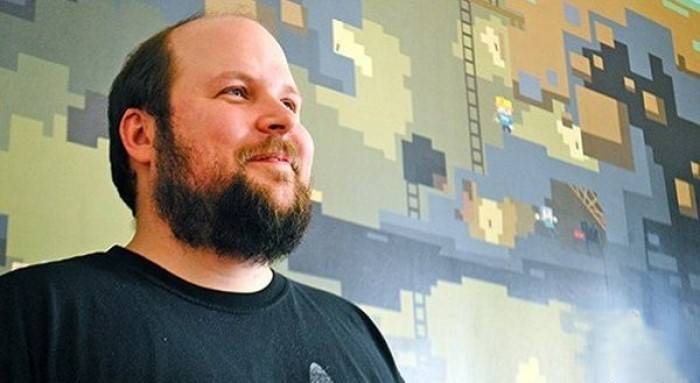 Image: miastogier.pl
Image: miastogier.pl
Word-of-mouth and online player communities fueled Minecraft's rapid growth. Transitioning to beta in 2010, Persson founded Mojang Studios to fully dedicate himself to the project. Minecraft's unique gameplay, offering limitless creative potential, allowed players to build everything from homes to replicas of famous landmarks and cities. The introduction of Redstone, a material enabling complex mechanisms, further enhanced its appeal.
Official Launch and International Success
 Image: minecraft.net
Image: minecraft.net
The official release of Minecraft 1.0 on November 18, 2011, solidified its position as a global phenomenon. Millions of players comprised a vibrant and active community, creating modifications, custom maps, and even educational projects. Expanding to consoles like Xbox 360 and PlayStation 3 in 2012 broadened its reach and introduced a new generation of players. Minecraft's blend of entertainment and educational possibilities resonated deeply with children and teenagers.
Minecraft Versions Across Platforms
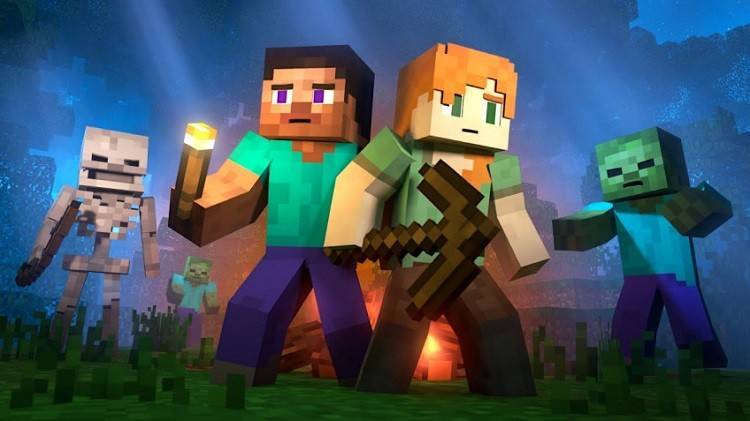 Image: aparat.com
Image: aparat.com
The following table summarizes key Minecraft versions released after the official launch:
| Version Name | Description |
| Minecraft Classic | The original free version. |
| Minecraft: Java Edition | Initially lacked cross-platform play; later integrated with Bedrock Edition on PC. |
| Minecraft: Bedrock Edition | Enabled cross-platform play across various Bedrock versions, including PC (Java Edition also available on PC). |
| Minecraft mobile | Cross-platform compatible with other Bedrock editions. |
| Minecraft for Chromebook | Chromebook-specific version. |
| Minecraft for Nintendo Switch | Includes the Super Mario Mash-up pack. |
| Minecraft for PlayStation | Cross-platform compatible with other Bedrock editions. |
| Minecraft for Xbox One | Partially Bedrock Edition; no longer receiving updates. |
| Minecraft for Xbox 360 | Support discontinued after the Aquatic Update. |
| Minecraft for PS4 | Partially Bedrock Edition; no longer receiving updates. |
| Minecraft for PS3 | Support discontinued. |
| Minecraft for PlayStation Vita | Support discontinued. |
| Minecraft for Wii U | Offered off-screen play. |
| Minecraft: New Nintendo 3DS Edition | Support discontinued. |
| Minecraft for China | China-exclusive version. |
| Minecraft Education | Designed for educational use in schools and similar settings. |
| Minecraft: PI Edition | Educational version running on the Raspberry PI platform. |
Conclusion
Minecraft's enduring success stems from its innovative gameplay, vibrant community, and continuous evolution. More than just a game, it's a thriving ecosystem encompassing online communities, merchandise, and competitive events. With ongoing updates introducing new content, Minecraft's legacy as a cultural phenomenon continues to grow.



